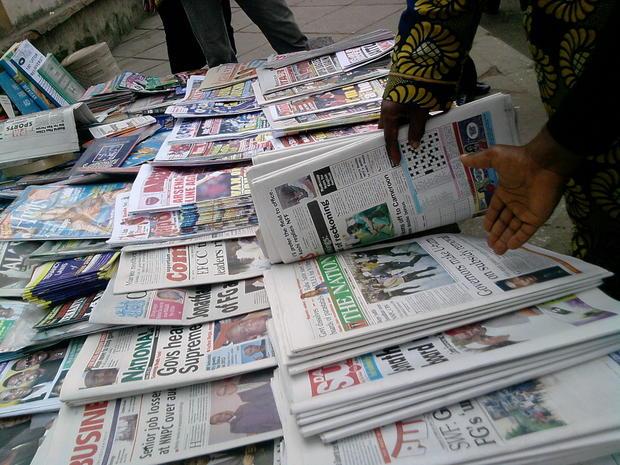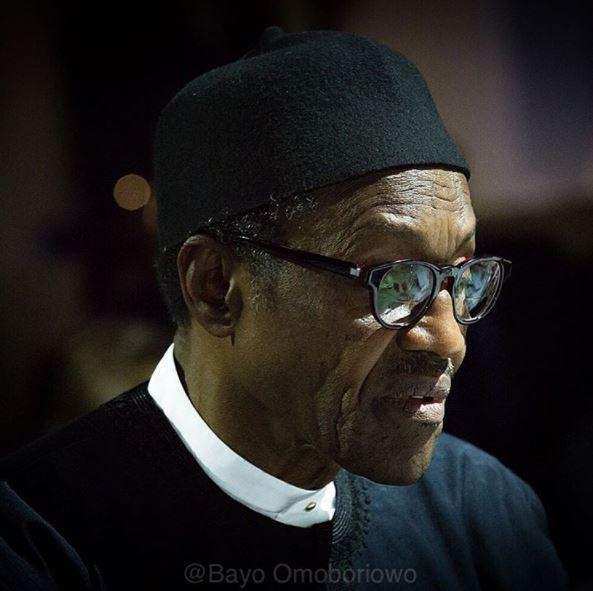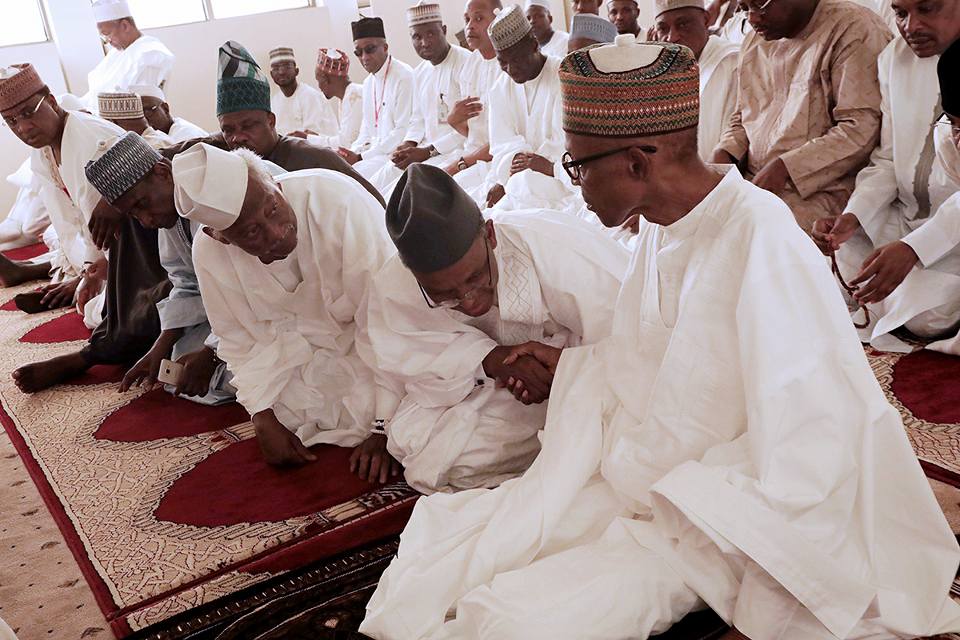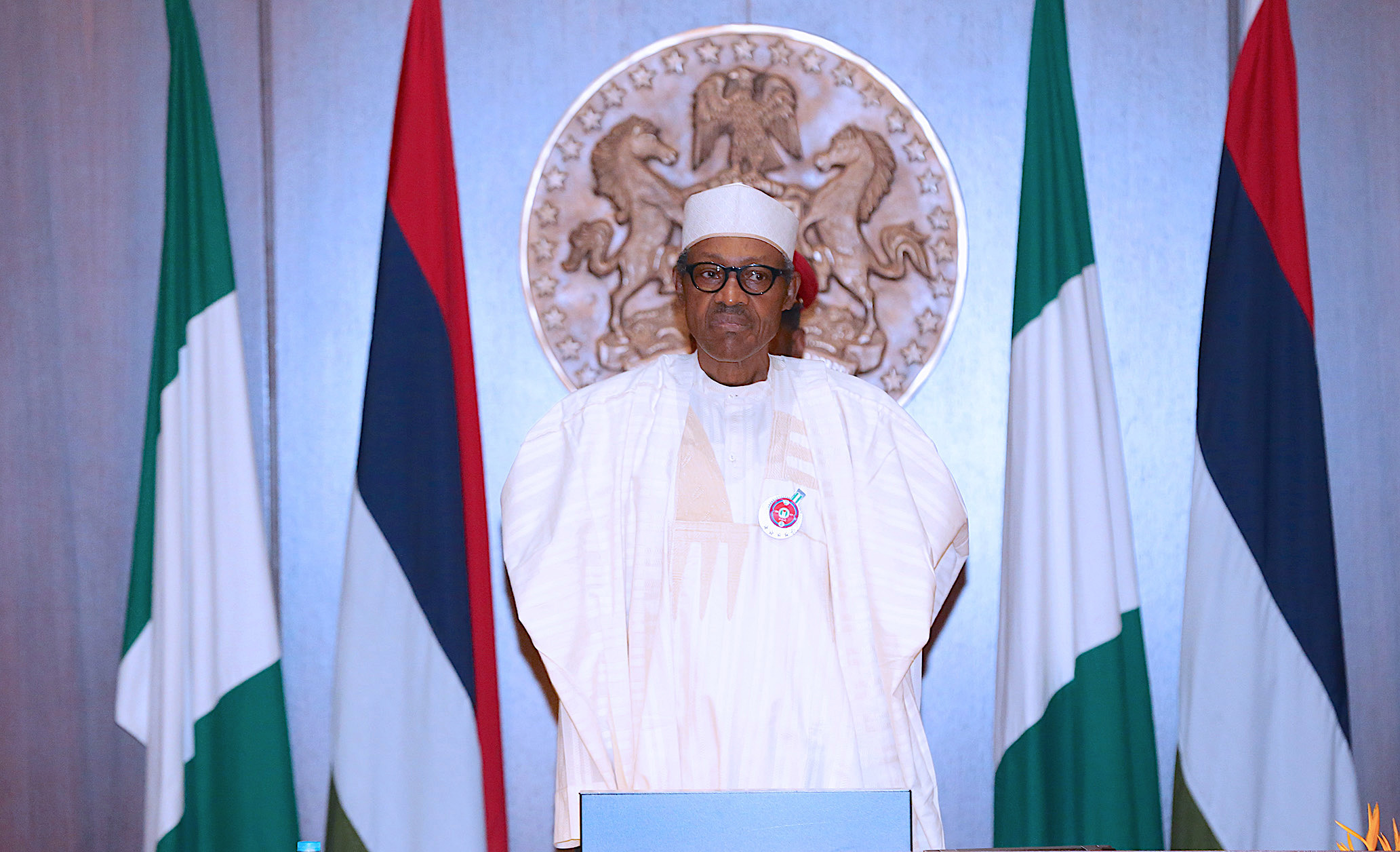The theme of this year’s World Press Freedom Day is interestingly convoluted. The reason is that it invites us to, at once examine some important issues, and in great depth. It talks about critical minds, then critical times, and then moves on to the role of the media in the evolution of a peaceful, just and inclusive society. The subject matter therefore envisages some structural or dialectical connections and interconnections between all the variables in evidence. And these variables are critical mind, critical time, the media, and then a society that is peaceful, just and inclusive. There is a delicate relationship between all these variables. It is important, therefore, that we appreciate their differences and similarities, through their definitions, so we can effectively link their collective relevance, or irrelevance, to contemporary media times, and even to our overall everyday life.
First, distinguished ladies and gentlemen, what do we mean by a critical mind? How do we differentiate between a mind that is critical and the one that is uncritical? Why should the adjective critical be deployed to describe the mind? The mind in itself is that part of us that helps us to think. The mind is the faculty of thought, which harbours our senses, and permits us to differentiate between right and wrong. The mind is our guide, our conscience, and the residence of our knowledge. The mind develops through multiple socialization processes, through space and time, while its quality is also determined by the context, and contents of exposures. The mind can be flat, when it is less rigorous in thoughts. The mind is sophisticated when the quality of thought is elevated, urbane and comparatively advanced. The mind may be critical, or uncritical depending on how the content is applied.
A mind is critical if thoughts are situated between all the necessary scales of judgement. That is to say, the critical mind should not be mono-directional, unilineal, or parochial. The critical mind should be disparate in dimensions, versed in perspectives, and logical in approach. The critical mind should look at the good, the bad and the ugly. It should look at the micro, the mezzo, and the macro, and even into positions in-between. The critical mind is, therefore, the objective mind, which figures issues from the thesis, anti-thesis, and then synthesis viewpoint. But remember that the critical mind is probably being mentioned as an Utopian concept. The reason is that the human mind is patently self-indulged.
The tendency often, is to see things from the self-serving point of view. Service to self, which remains the first temptation of the human being, is unfortunately less gracious. It is unsalutary, often unpopular, and might even be seen as ungodly in many circles. Grace therefore comes when matters are ideally distanced from the self, when matters are not subjectivised, and when matters are viewed from the lenses of dispassion. The essence of a critical mind is for contextual thinking, for balancing, and ultimately for the situation of solutions to problems. But how then does critical mind relate with the critical time? I’ll turn to this next.
Advertisement
Critical times can mean different things. The word critical can parade synonyms like serious, crucial, deadly, important, difficult, dangerous, delicate, and tortuous, amongst others, when related to time. But in this context however, I understand our reference to critical time to mean unusual times. It can mean difficult, strange, or unpredictable times. It can be the time of some revolution, of some fast paced changes, which is redefining our life, how we relate, and how we interact with each other, especially as it concerns media. Critical times now, therefore, are our present times where changes are frenetic, and where changes are taking place almost by the hour, on a planetary basis, and now at speed, even greater than the speed of light.
The critical times in evidence shape our features, our approaches to life, our workplace patterns, and the particularities of our daily schedule. Our ways are partly determined by the growing changes in technologies of communications, and we are regularly confronted with the need to either adjust, or be left behind. If you can adjust, you might keep the pace, but if you cannot, you might be confined to an unfancied yesterday. Newer generations have an advantage here. They have the patience to work through the details of the unfolding changes in technologies. The older ones might not be too patient, even though many are not lost in the process. The lines between these divides might not be rigid though, as they can be interwoven, but the characterisation is likely to fit the divisions of acculturation. Beyond this is the fact of the pluralisation of media channels.
But let us pause and have a look at what media entails. The media, in our understanding, includes the processes and channels of information dissemination to an, heterogeneous audience, who might be anonymous. It includes all the means through which information are not only sent but shared. The channels of information dissemination are no doubt expanding in the new age of communication revolution. They are however largely grouped into two. These are the traditional and the new media. The traditional, like you already know, are the old and the long existing channels, while the new are the more recent, and yet evolving means, that includes essentially the Internet. Amongst the traditional media are the Radio, the Television, and the Newspaper.
Advertisement
Online communication represented by the Internet bear other means of communication, which have graduated to be social in view of their interactive abilities. These are platforms that permit many to many communications, unlike the old ones where interaction was just one, or a few to many. With the old media, sender could be singular, one person broadcasting or reporting to many. In the new age, many could broadcast to many in real time, and across distances. Items in the new media list are multiplying everyday, but the more common ones are Facebook, Twitter, Whatsapp, Pinterest, Linkedin, Istagram, amongst others. Chief characteristics of the new, social media are that it has supposedly democratised media and communication. It is also cheap, accessible, portable, user-friendly, popular and fast spreading. The downsides as reflected in dumb-down reporting, fake news and hoaxes, exaggerations, are also inherent.
With the social media, the process is no longer top-down, but also bottom-up. Many are now publishers, reporters, analysts, columnists and commentators. The spaces for the above abilities are multiple, cheap, and fast-moving. In fact, the pace is literally like lightning. Because of this, users who are variegated, differentiated, and expanding, and can post any information, from anywhere, at any time, on any platform, and to whomever, and it will be multiply circulated within a short time. In the age of the social media, there are little or no references to quality. Control is weak. There are no subscriptions to ethics, or best practices. The use of the social media is an all-comer’s affairs, and has challenged the traditional role of the media. In doing this, information dissemination is no longer the exclusive preserve of the journalists, but could be done simply with the possession of the smartphone.
The smartphone can at once be a Radio House, a television station, and a newspaper, in the new age of ultra-convergence, and some ultra-freedom. As a result of this seemingly uncontrollable plurality of channels, society is now challenged in the management of the media. Societies are tasked to no end in the way they manage information. Reason is, for instance, that if you can trace the THISDAY newspaper to an office in Lagos, how well can you trace an offending Whatsapp message, probably originating from Outer Mongolia, and which is damaging to your person, or organisation? This scenario would firstly have raised multiple issues around jurisdiction, and then other issues on the economics of retribution.
With the social media, therefore, we are somewhat at the mercy of the “closet nymphomaniacs”, the hactivist, the smartphone sadists, and the killjoy, who constructs negative reality against you, paying little regard to ethics, your rights and liberties, your feelings, and without any thoughts for the laws of libel, of slander, and of sedition. This is besides multiple cases of copyright violations, trademark infringements, intellectual property abuses, covert and overt defamations, denigrations, and innuendoes. With this new development, distinguished ladies and gentlemen, how best should we situate the media against the background of the identified critical times?
Advertisement
The role of the media cannot essentially change, whether the times are critical or uncritical. The media is primarily to inform, educate and entertain. There might be other functions, but the above roles are adjudged central to media functions. The performances of these roles have also led to the development of different ways of theorizing the functions. Some familiar ones are the social responsibility, the libertarian, the cognitive dissonance, uses and gratifications, the Marxian, and the propaganda model, amongst many others. Many other understandings are yet evolving. Regardless, today’s topic may likely sit well with the social responsibility and the libertarian understanding.
While I should not bore you with these drab theories, I will quickly argue that the bottomline in media role, when all of the above are broken down is that the media is an agenda setter. They shape public opinion, for good, or for ill. The ability of the media to do this is also a function of some factors. Some of these are the society in context, the quality of practitioners, and ownership patterns, amongst others. The argument in this “critical times” is that the popular traditional roles and responsibilities of the media have been markedly altered, distorted, reconstructed and deconstructed by the new age of communications technologies. This age has been a witness to the nebulous online media, intertwining with the social media, and redefining how media could help the advancement of a peaceful, just and inclusive society.
But let’s not forget however that inventions have characteristically come with their demerits. The motorcar came with accidents; the airplane came with air crashes, and electricity came with shocks. The titanic sank, and flight MH370 disappeared at cruising altitude. There will always be the other side of things, just as the world will continue to witness mysteries and irritations. The challenge of man has been the perfection of his inventions to avoid the downsides. As much as man keeps trying, other sides keep manifesting. It seems like a ding-dong? The Internet age cannot be left out. As hinted earlier, the age of online communication is replete with multiple, or cross posting, fakes news, outright lies, brazen assassination of character, fraud, and multiple deceptions. Would we therefore rather not have the Internet? I am sure none of us will answer in the affirmative.
The challenge to man is to keep finding ways of dealing with these inadequacies. The task is to critically think out methods to deal with the negatively critical mind, manipulating the machine to hurt the other. The machines are inanimate. The inventors design them for good. But remember that evil will always gaze at good. And to think that an invention won’t have a bad path is to think that evil will ever disappear from the world. The antidote is for good to prepare itself continuously against evil. And despite evil, we have got to achieve a peaceful, just and inclusive society. But first, what do we mean when we say a society is peaceful, just and inclusive?
Advertisement
A peaceful society, in my understanding, is a stable, predictable, and organised society. Things work in a peaceful society. Life is somewhat easier. It may not be entirely devoid of crisis, but the mechanisms for dealing with them have matured, and are effective. A peaceful society might be prosperous, and it might as well be in want. It all depends. A just society is often hinged on the rule of law. It can be a society where peace, liberty, justice reign. It is a society where the law, as against the man, rules. A just society is a fair society, one that does not discriminate in criminal justice administration.
An inclusive society, like the peaceful and just society is also an ideal state. Inclusion implies integration, the absence of discrimination, abhorrence for the presence of the ugly sides of otherness, and distaste for the celebration of difference. In the face of diversity, an inclusive society deploys different management tools for balance, for a sense of belonging, and for feeling of oneness. A perfect state of peaceful, just and inclusion may not be in evidence, but nations and societies perpetually work towards them. The degree of success from working on them is sometimes directly proportional to the level of progress registered in the society. But more importantly for this discourse, what role do the media play in the evolution, or in the engineering of a peaceful, just and inclusive society?
Advertisement
I have tried to highlight some generic functions of the media above. But we’ve got to relate these functions to the question of peace, justice, and inclusion, against the background of the World Press Freedom day, and our desire for a free press. It was probably even easier for the media to help keep the peace of a society in the days of the traditional media, where platforms were less nebulous. Now however, the platforms have become the sources, or triggers of tension, and even disorders. But like I wondered earlier, is there no solution? Of course, there are solutions. The first thing I think is for the consumers of media products to develop a greater sense of discernment.
The new age needs extra care. An average piece of information surely has a source, or a platform. And it cannot be too difficult separating the wheat from the chaff, if we are a bit more sensitive. For instance, how tough is it to identify the few credible Nigerian news based online platforms? Three consistently false or problematic reports from one controversial platform are too much to discredit a platform. Why then would you privilege that source or platform, irrespective of man’s unending appetite for the mundane, the frivolous, the salacious, and the entertaining? The argument here is that some contents and platforms can as well be ignored, once they are identified as discreditable channels.
Advertisement
Is anything wrong with rebuttals or rejoinders? Not at all, I’ll say. A detailed, one-off reaction is good enough, for the preservation of reputation and to drum home the fact that the channels are in fact discreditable. Beyond this is the need to say that the press is better engaged? Engaging them foster understanding, partnership, and camaraderie. The envisaged partnership should provide a ground for the sharing of organisational information, for the circulation of Public Relations tools, and for the development of mutual respect, and companionship. The above somewhat relates more to the traditional media. For the new, social media, the approach is different. What to do here is to simply join the fray. You cannot be afraid of being on twitter, of having a Facebook, or Linkedin account, or of being active on Whatsapp. Good to know that many organisations have not been left out in the ownership of these spaces. What is however left is the need to increase the level of participation, or engagement on them.
The essence of joining the fray is to level up with the trend, provide information (if necessary) on the go, and prevent, as much as possible, the shaping of information against the self, whether institutional, or private. What about propaganda? Many times, we see this as bad. Propaganda is often associated with the bad and the ugly. But this is definitely not the case. Propaganda, according to Philip Taylor, involves the systematic release of information from a sender to some receivers for the purpose of benefiting the sender. The fact that it is meant to benefit you does not make it less salutary. It simply reflects self-consciousness, and the need to preserve same. We talk of propaganda only in war situations, but some situations can as well be war-like, which is why we can a times deliberately indulge in positive propaganda so you would not be defamed, or dismissed in the media as a failure, or as an incompetent.
Advertisement
In addition, editorial influence seems to be waning in our system. The editorial is a publications’ opinion on chosen issues, usually topical, and objectively analysed before a conclusion is reached. Media organisations were once known for populating their editorial board with quality thinkers, drawn from different walks of life. They often came out with well-informed write-ups, capable of tilting policy directions. What is the place of editorial writings in modern journalism? Can we not reason that editorials are platforms through which the media can encourage a just and inclusive society, given the critical minds, and processes that characterizes there deliveries? The editorials are one lasting feature of the serious media. The mushrooming ones won’t have that time. The editorials are sections that state officials should be focused on, while publishers should as well ensure standards are not compromised on there.
I shall conclude this raving, distinguished ladies and gentlemen, by referring to the famous lines of Professor Jerry Gana. He said simply that whatever you are doing, please do it well. If you are a teacher, teach well. If you are a dancer, dance well. If you are a manager, please manage well, and if you are a singer, sing well. Gana was probably furthering the little corner theory in the nature of things. This theory asks us to operate well from our little corner. And when we do this, it will eventually rub-off on the social system. From its own angle, as a result, the media need to continuously do some reflections, and some reflexions, through trainings, retraining, and exposures, especially with changing times, so they won’t only be able to play their roles as educators, entertainers, and informers, but can as well galvanize the leadership and the led towards the achievement of a peaceful, just and inclusive society, and better still, through the critical points of view, pursuant to their guest for greater freedom. As was, is now, as ever shall not.
Adeniyi, head of department of mass communication, Baze University, Abuja, and visiting professor of communication and multi-media design, American University of Nigeria, Yola, presented this as lead paper at this year’s celebration of the World Press Freedom Day organised by UNESCO, the Canadian embassy, The European Union (EU), and the Nigerian Union of Journalists, in Abuja recently.
Views expressed by contributors are strictly personal and not of TheCable.
Add a comment







